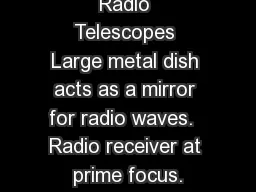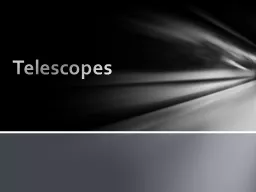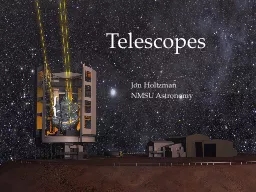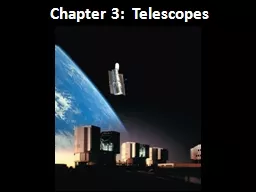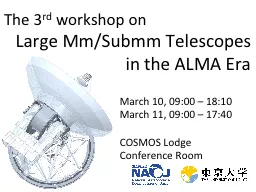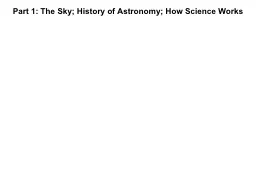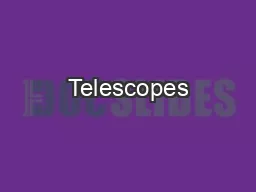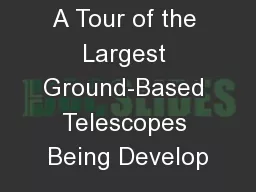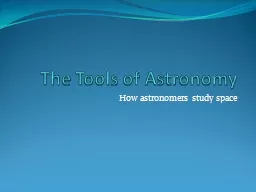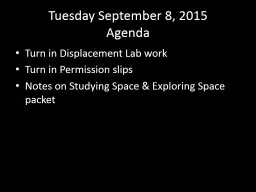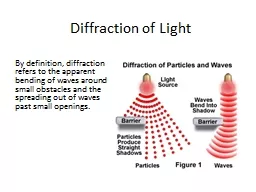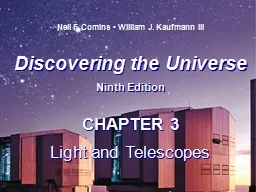PPT-Radio Telescopes Large metal dish acts as a mirror for radio waves. Radio receiver at
Author : faustina-dinatale | Published Date : 2018-03-08
Surface accuracy not so important so easy to make large one angular resolution wavelength mirror diameter D larger than optical case but wavelength much larger
Presentation Embed Code
Download Presentation
Download Presentation The PPT/PDF document "Radio Telescopes Large metal dish acts a..." is the property of its rightful owner. Permission is granted to download and print the materials on this website for personal, non-commercial use only, and to display it on your personal computer provided you do not modify the materials and that you retain all copyright notices contained in the materials. By downloading content from our website, you accept the terms of this agreement.
Radio Telescopes Large metal dish acts as a mirror for radio waves. Radio receiver at: Transcript
Download Rules Of Document
"Radio Telescopes Large metal dish acts as a mirror for radio waves. Radio receiver at"The content belongs to its owner. You may download and print it for personal use, without modification, and keep all copyright notices. By downloading, you agree to these terms.
Related Documents

